Publicado en: The Economist
The Petro is probably a scam, but a better-designed crypto-currency could work
IT “WILL be an instrument for Venezuela’s economic stability and financial independence”, promises a white paper published by the country’s government last month. Venezuela, the issuer of the world’s least stable currency, proposes to issue its most trustworthy in the form of the petro, a “sovereign crypto asset backed by oil”. A private sale of this promising new asset started in February. The government plans to offer it to the public on March 20th.
In one sense, the idea is as ludicrous as it sounds. Only the most credulous investors will trust a currency issued by Venezuela’s socialist regime, which has debased the bolívar, expropriated private enterprises, ridden roughshod over the country’s constitution and faces sanctions from the United States and the European Union.
But there is a germ of sense in what Venezuela is proposing. The country is suffering from hyperinflation, with prices doubling every month. By the end of 2018 economic output will be 40% lower than it was in 2013, according to the IMF. Venezuela needs the “economic stability” promised by the white paper. In theory, adoption of a crypto-currency, impervious to political whims, could provide that.
Venezuela is not the only country seeking a cryptonic. Officials of Iran and Russia have said their governments might be interested in issuing crypto-currencies. On February 28th the Marshall Islands announced that it would issue one, called the sovereign, that it will accept as legal tender.
What would-be cryptocracies have in common is an uncomfortable relationship with the dollar. The Marshall Islands is a dollarised economy; a second currency would give it at least the illusion of greater control over its money. Iran and Russia are subject to American sanctions.
For Venezuela, whose crypto plans are more advanced, the petro might simply be a way to evade American sanctions and raise cash it desperately needs. The United States has frozen the dollar assets of the country’s president, Nicolás Maduro, and 48 other Venezuelans. It has also barred companies with American operations from lending to some Venezuelan entities. Production of oil, almost the country’s sole source of foreign exchange, is declining because of lack of investment by PDVSA, the state-owned oil company. Venezuela’s foreign-exchange reserves are dwindling.
With the petro, Venezuela has something new to sell. It has “pre-mined” 100m petros, all that will ever be created, promises the white paper. State television showed outdated personal computers supposedly poised to mine the new currency. The “pre-sale” brought $5bn, Mr Maduro claimed, without providing evidence. At the government’s reference price for oil of $60 a barrel, the total value of the new currency is $6bn (so, if Mr Maduro is telling the truth, almost all the petros have been pre-sold). That is a useful sum, but less than half the amount the country must pay to service its foreign debt this year. The United States Treasury has warned that investors who buy petros with dollars may be violating its sanctions. That makes the currency less useful as a sanctions-buster.
A more intriguing possibility is that the government views the petro as a substitute for the value-leaking bolívar. Other countries with high inflation, like Zimbabwe and Ecuador, have escaped by adopting the dollar, which would be anathema to Mr Maduro’s regime. In 1923 Germany defeated hyperinflation by issuing the Rentenmark, a currency backed by land. Brazil slew inflation in the early 1990s by replacing the cruzeiro with a new currency, the real, managed by a central bank that came to be seen as trustworthy. In theory, the petro could be Venezuela’s real.
The government has announced that Venezuelans will be able to buy petros at authorised exchange houses and pay taxes with them, which could be the first step towards making the petro an everyday currency. Zimbabwe dollarised when citizens refused to accept payments in the local money. In Venezuela, which deprives people of access to dollars more effectively than did Zimbabwe, people could switch from the bolívar to the petro. That would increase demand for the new currency, and thus its price (and the government’s eventual profits).
But the government has already undermined the trust that is supposedly built into the notion of an oil-backed crypto-currency. During the pre-sale it switched from the widely used Ethereum platform, which validates and keeps records of transactions in multiple crypto-currencies, to the New Economy Movement (NEM), a newcomer. The main crypto-currency on the NEM platform has a market capitalisation of just $4bn, compared with $61bn for Ethereum’s main currency. Because the platform is smaller, the network of computers used to validate transactions and enforce the rules on which a crypto-currency is based is more centralised. That makes it easier for one user, say, Venezuela’s government, to dominate the platform and undermine a crypto-currency.
The link to oil is no more convincing. The petro is not exchangeable for oil. It is merely backed by the government’s promise that it is backed by oil. That promise may not be honoured by the country’s repressed opposition, which may some day take power. Without decentralisation or a credible link to oil, the petro is just an unbacked currency issued by Venezuela’s discredited government. That’s what the bolívar is, too.



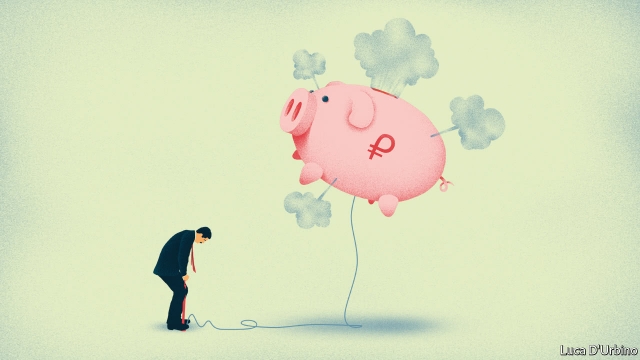


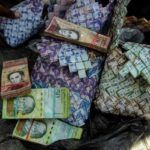





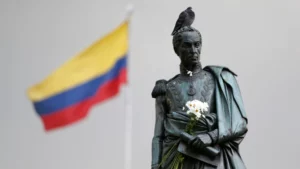

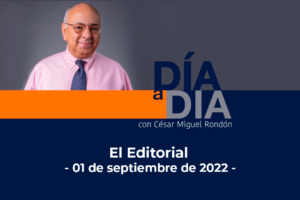
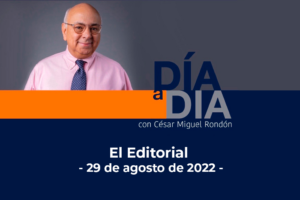
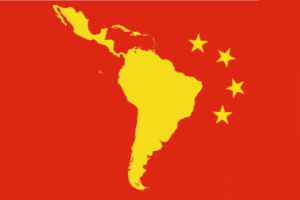
The principle idea here’s to obtain the worth of two cards to
sum up to 21 years old.